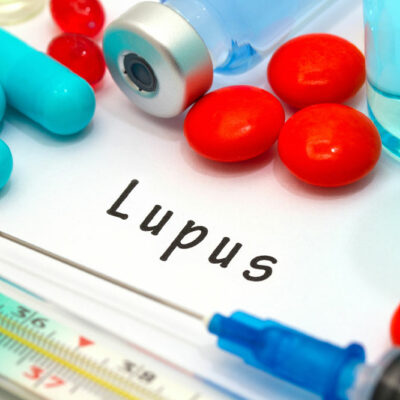
health
3 tips to manage melanoma
Melanoma is an uncommon skin cancer that occurs when melanocytes begin to spread uncontrollably. About 90,000 Americans are diagnosed with melanoma each year, yet no studies can predict when or how it happens. Hence, it is essential to understand this type of cancer in detail to help make an informed choice and take cautionary measures. Here are the treatment methods, meal plans, and tips for managing the condition better: Treatment Some medications help manage melanoma. OPDIVO® is one of them. It is chiefly utilized when diseases have progressed drastically, can’t be eliminated by a medical procedure, and have spread to different parts of the body (metastatic). It is also used when other therapies don’t work. It is likewise used to assist with keeping the disease from returning after patients have had a medical procedure (adjuvant therapy). OPDIVO® works on malignant growth cells that produce a protein called PD-L1. Tests may be required before treatment to make sure OPDIVO® is suitable. It can be given alone or with other oral therapies. This medication contains an active ingredient called nivolumab. Meal plans Eating healthy foods and following a strict meal plan can help melanoma patients manage symptoms and side effects of medical treatment.




















